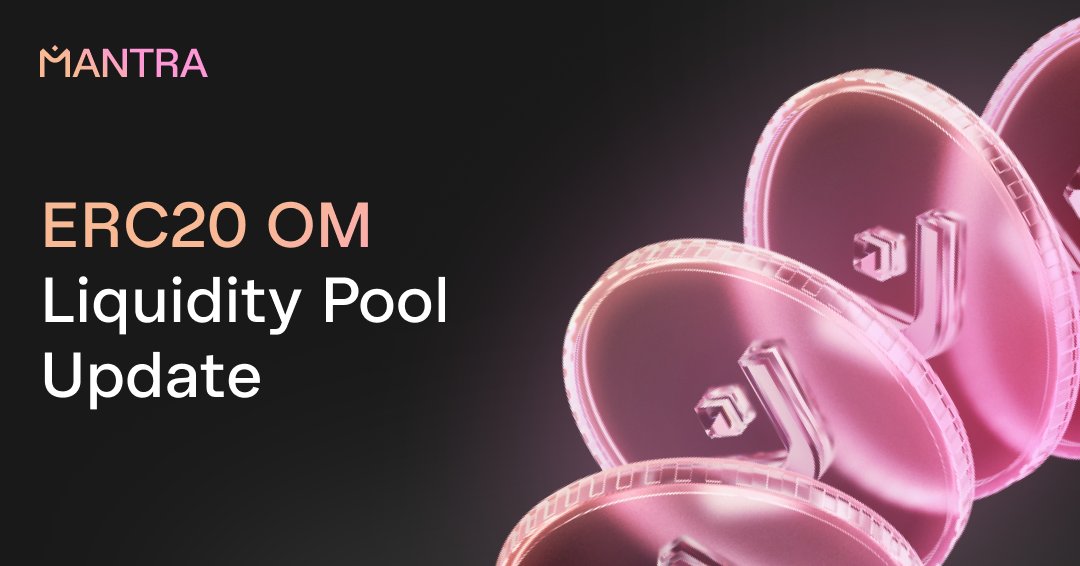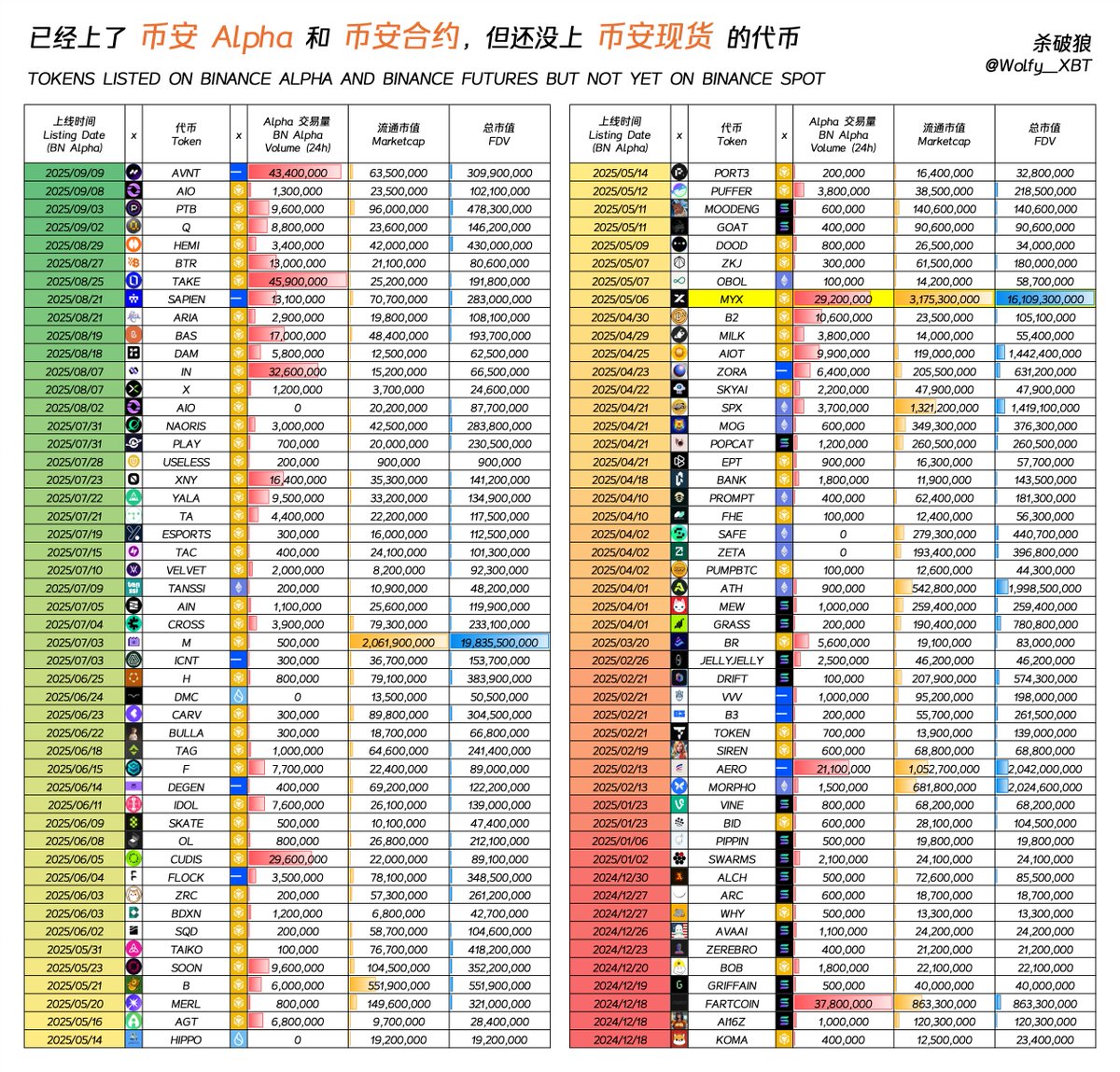MantraDAO price
in EURCheck your spelling or try another.


About MantraDAO
Disclaimer
OKX does not provide investment or asset recommendations. You should carefully consider whether trading or holding digital assets is suitable for you in light of your financial condition. Please consult your legal/tax/investment professional for questions about your specific circumstances. For further details, please refer to our Terms of Use and Risk Warning. By using the third-party website ("TPW"), you accept that any use of the TPW will be subject to and governed by the terms of the TPW. Unless expressly stated in writing, OKX and its affiliates (“OKX”) are not in any way associated with the owner or operator of the TPW. You agree that OKX is not responsible or liable for any loss, damage and any other consequences arising from your use of the TPW. Please be aware that using a TPW may result in a loss or diminution of your assets. Product may not be available in all jurisdictions.
MantraDAO’s price performance
MantraDAO on socials






Guides

MantraDAO FAQ
MANTRA is a DeFi platform emphasizing community-driven governance, staking, lending, and more. It operates on Parity Substrate for Polkadot, aiming to create a decentralized financial ecosystem.
MANTRA employs transparent governance and offers various DAO and DeFi services, including treasury management, launchpad, DAO governance, staking, lending, and more, involving users in decision-making and financial activities.
You can buy OM tokens on a number of different spot trading markets. One example is OKX crypto exchange, which offers OM/USDT trading pair.
If you wish to purchase OM with fiat currencies, OKX has an “Express Buy” option that comes in handy. The platform also lets you use the Convert feature to convert your excess holdings to OM. Alternatively, if you want to convert OM into fiat, you can use the OKX crypto calculator to check the conversion rates.
Dive deeper into MantraDAO
In pursuing true decentralization, community building is an essential cornerstone. This understanding has spurred the emergence of decentralized autonomous organizations (DAO). An exemplar of this concept is MANTRA DAO, an integral component of the MANTRA ecosystem.
What is MANTRA
MANTRA (previously known as MANTRA DAO) is a community-governed decentralized finance (DeFi) platform that specializes in staking, lending, and governance. It functions as a hub where the community not only influences the project's future changes through voting but also gains rewards. Operating on Parity Substrate for the Polkadot ecosystem, MANTRA DAO aims to establish a community-driven, transparent, and decentralized ecosystem for Web3 to empower individuals with financial control and collective wealth growth.
The MANTRA team
MANTRA was co-founded by Will Corkin, John Patrick Mullin, and Rodrigo Quan Miranda. Will Corkin is a blockchain and fintech entrepreneur with a substantial background in crypto and tokenized securities markets. John Patrick Mullin brings expertise as an educator and tokenization specialist in Hong Kong. Rodrigo Miranda, a former Hong Kong-based investment banker, transitioned to emerging technologies and founded Moon Street Ventures.
How does MANTRA work
Central to MANTRA's approach lies a dedicated commitment to community engagement. This dedication is reflected in a transparent governance mechanism that fosters unity and collaborative decision-making. Within this framework, the platform offers a diverse array of DAO and DeFi services, carefully designed to bolster security while simultaneously presenting avenues for earning. These services include essential aspects such as treasury management, launchpad and issuance control, DAO governance, and grants, among other offerings.
MANTRA’s governance token: OM
MANTRA DAO introduced its native token, OM, in mid-August 2020. It has a max supply of 888,888,888 OM tokens, equivalent to its total supply. OM has various applications such as staking, yield farming, lending and borrowing, governance, and voting.
OM distribution
OM is distributed in the following way:
- 8.5 percent allocated to the public through a public sale
- 9 percent distributed via a private sale
- 17.5 percent retained by the team and advisors
- 30 percent designated for staking rewards
- 12.5 percent assigned to referrals
- 10 percent allocated to the reserve
- 12.5 percent set aside for grants
ESG Disclosure





